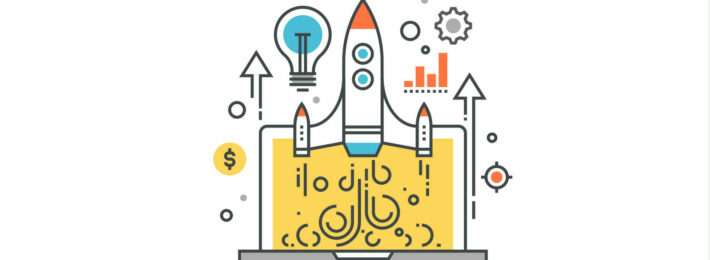
Over the last decade, many colleges and universities have launched programs intended to encourage annual giving through the recognition of donor loyalty. In every case that I can think of, these societies are recognizing consecutive giving, which makes sense—we want people to give every year.
I am a long-time fan of the loyalty society and the value it can add to a program as part of a comprehensive donor retention strategy but that’s not what this article is about.
This article is about what might be missing from the equation.
By defining loyalty as consecutive giving, we are in fact, excluding some of our most loyal donors from recognition.
Most likely, many of your major donors have not made gifts each year, and while philosophically, we strive to create a culture that promotes annual giving among our top donors, the reality is that there will always be some who don’t give every year.
I am not talking about the once-a-decade donor but about the donors that give almost every year.
If someone is a seven-figure donor who occasionally misses a year between major contributions, are we serving the best interests of our institutions by not recognizing them as loyal?
3 Ways to Recognize These Donors
There are three primary ways this can be addressed:
1. MAKE EXCEPTIONS.
Of the three, this is not the recommended path to overcoming the challenges of recognizing donor loyalty; however, it is the one that is often chosen.
If Joe Donor needs to be recognized as a member of your loyalty society even though his giving history doesn’t meet the criteria, many institutions apply an attribute code for special handling or write his name on a post-it note for future reference. This often occurs in the case of VIPs, like board members and top donors who have been very generous but not always consistent.
However, solutions like this leave a lot to chance and human error. Whether it’s an attribute code or a post-it note, someone has to remember every year (or every time), and that is just a mistake waiting to happen.
2. CREATE A BUYBACK PROGRAM.
This is a program that allows donors to buyback the years of giving that they have missed. In the case of Georgetown University’s buyback program, the intention was to create an additional layer of marketing for the loyalty society. Another benefit of the buyback program; however, was that is served as a way to ensure that major donors would be included in the society. The goal was not to ask a $1 million donor for an additional $25 as part of a buyback program but rather to proactively apply recognition credit when the $1 million gift was made. This also created an opportunity for the development officer to provide the donor with an additional level of customer service while educating them about this society.
3. RECOGNIZE CUMULATIVE YEARS OF GIVING.
Most institutions have cumulative giving societies that recognize lifetime giving in terms of dollars but I am not familiar with any that recognize donors for their consistency of giving during their lifetime. A program like this would require that members be current fiscal year donors; however, they would be recognized for all of their giving rather than just what they have given consecutively to-date. By redefining your program in this way, you are still promoting the importance of annual giving while stewarding your donors based on their holistic relationship with the school.
When deciding how best to proceed, you will need to consider your own institution’s data management practices and what best fits within the culture of the organization. Talking with advancement services and with your leadership will help you navigate how best to address this challenge at your institution.


